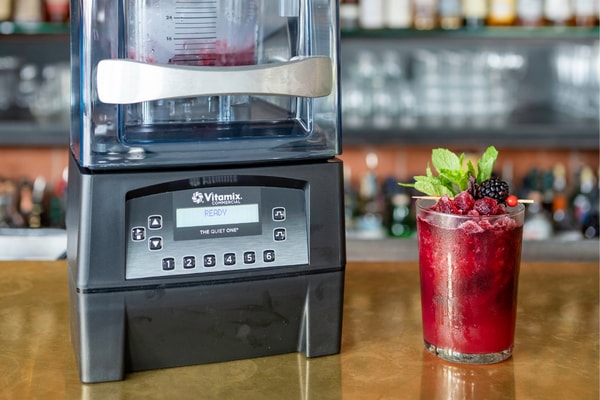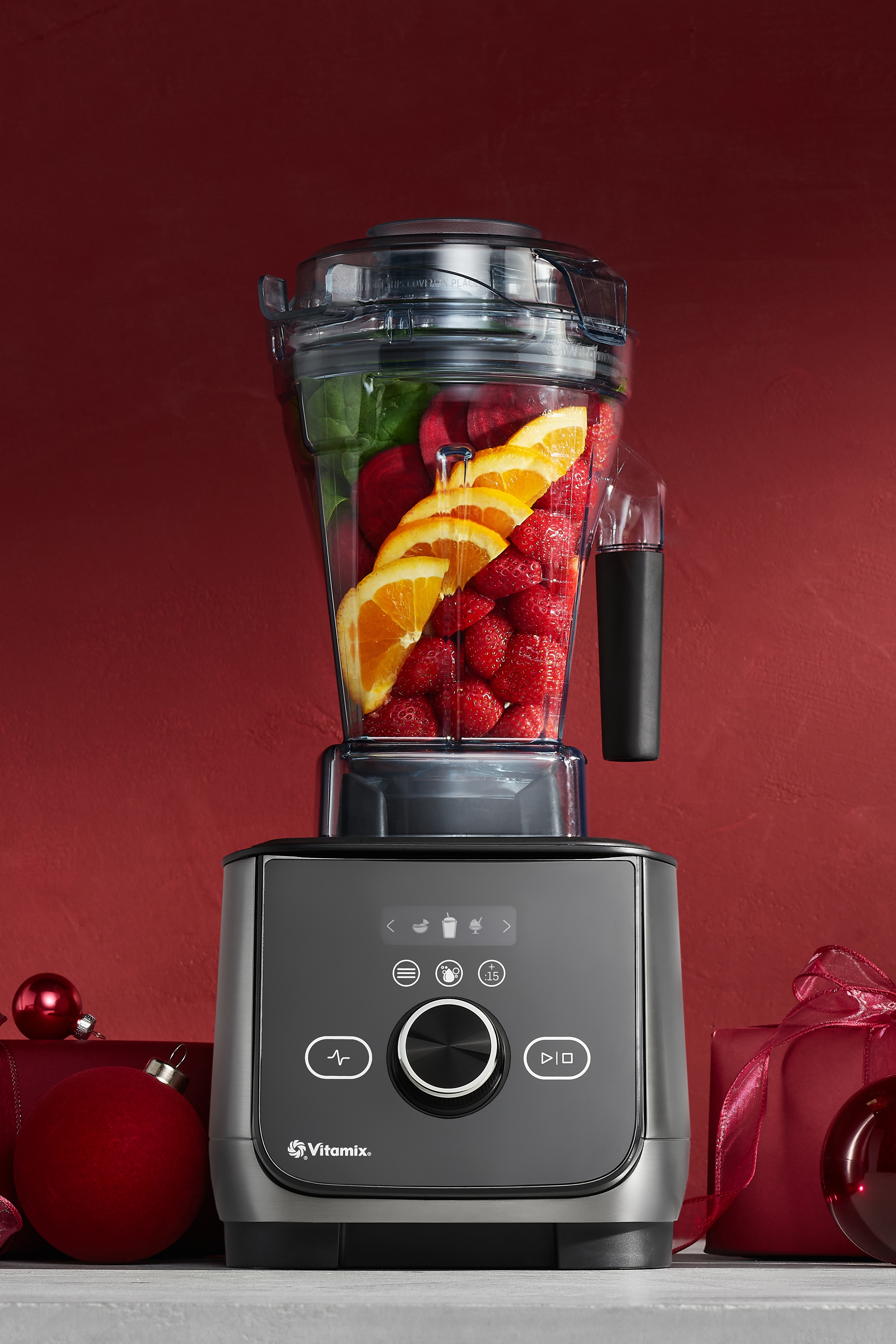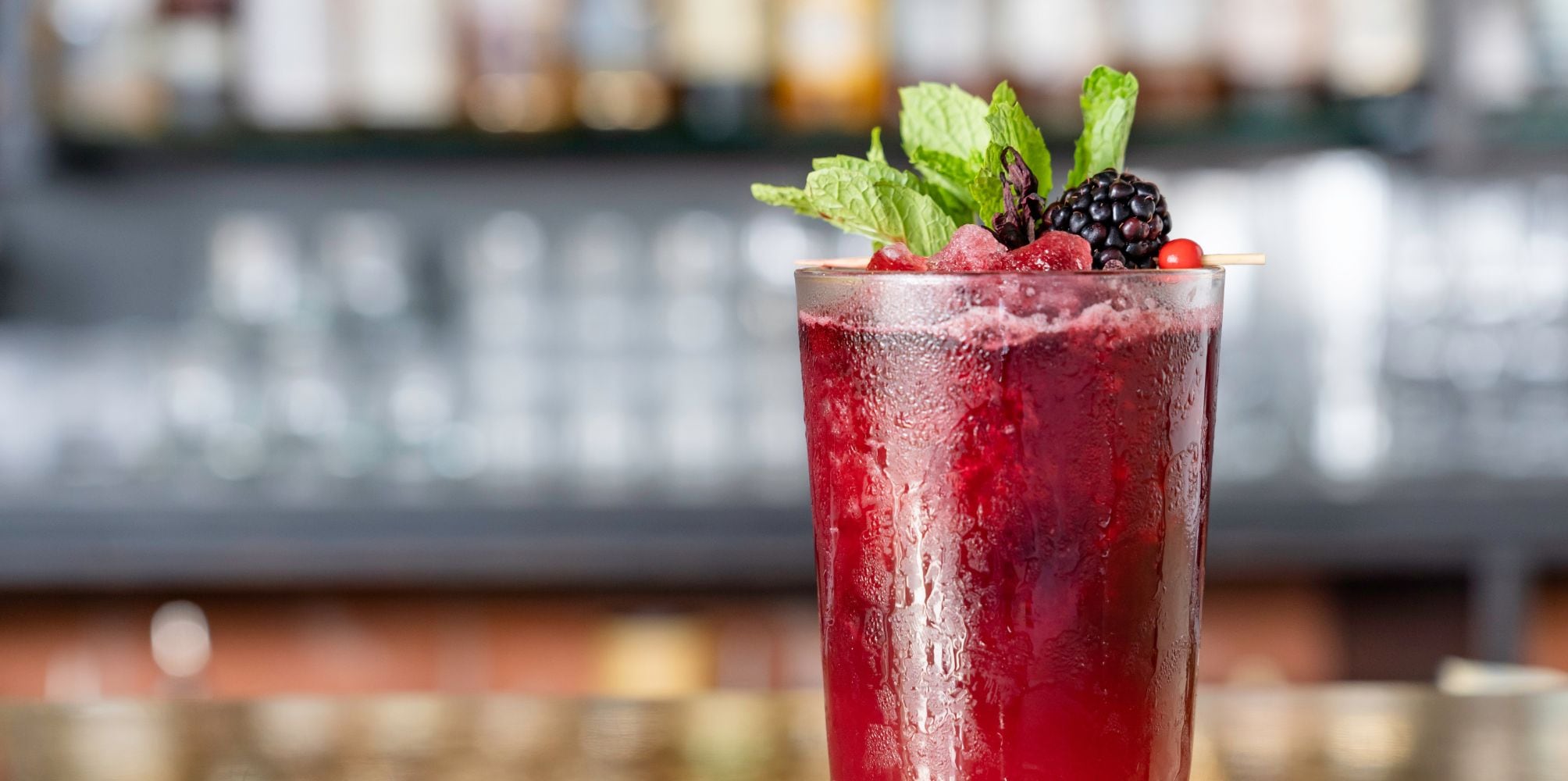The low- or no-alcohol cocktail is not only here to stay, but it’s poised to grab long overdue attention from its boozy counterpart.
As consumers embrace no- or low-ABV (alcohol by volume) adult beverages, more bars and restaurants have an opportunity to respond to and encourage this movement by elevating mocktails on their menus. Done correctly, these non-alcoholic creations can not only command a price tag comparable to traditional craft cocktails, but they also can be just as entertaining to the palate.
What’s more, it’s wonderfully refreshing to see trending non-alcoholic beverages that are a far cry from the overly sweet “mocktails” of years past. In many cases, today’s low-alcohol cocktails are not just copycats of boozy mainstays but instead complex adult beverages made to stand on their own.
Even with the alcohol removed, the most desirable non-alcoholic cocktails are still able to offer a complex flavor profile with the benefit of premium ingredients, flavors, and textures, many of which are achieved with the benefit of a Vitamix® Commercial machine.
The secret to successful mocktails is appealing to all the senses by adding layers of entertainment value in the form of flavor, balance, texture, and aesthetics. Together, these additions can make the drink inventive, memorable, and fun to drink.
There are many techniques for achieving these ends, and to get you started, we have described some of them below in a list that corresponds to some of the typical ingredient categories for low- or no-alcohol adult beverages.
Start with a unique beverage base.
The low- or no-alcohol cocktail typically begins with a beverage base that may consist of water, fruit juice, premium brewed tea, kombucha, or soda. You can also create your own base by muddling fresh or frozen fruit with water or juice in a shaker, then straining off any remaining solids.
To save labor, you can replicate this process using the Aerating Container in combination with The Quiet One® from Vitamix® Commercial. It will speed up the muddling time and, in addition, will produce multiple servings, if desired.
For example, make a refreshing base by combining citrus discs, herbs, sugar, and ice in the Aerating Container. Set the container on The Quiet One, then select program 7. The container is equipped with a flat disc blade that will draw out the flavor from the fruit without pulverizing it. After straining, you’re left with a chilled base that’s ready to take on a wide variety of complementary flavors.

Boost the flavor with syrups or purees.
In the absence of alcohol, non-alcoholic cocktails require additional layers of flavor, which can be produced through a wide range of ingredients, including housemade simple and flavored syrups or purees.
These blends give you lots of options, allowing you to add sweet or tart notes to complement other ingredients in the cocktail. You can make them in minutes, right at the bar, ahead of opening hours, saving prep time for the bartender during peak serving hours.
Traditionally, syrups are made over a stove, but with The Quiet One or a Vita-Prep® 3, you can make both simple and flavored syrups anywhere you like with no additional heat source. The machines will create adequate heat through the blending process. Using a blender also avoids the possibility of overcooking the syrup.
To make a flavored syrup, add equal parts granular sugar and water, plus flavoring, to the Aerating Container, and process in The Quiet One using the Continuous Speed setting and increasing to 100% (about 2 minutes of blending on the highest speed). The flavoring options are virtually endless. Use herbs, spices, fruits, nuts, and more to create flavor profiles ranging from sweet to savory, or pungent to spicy. For example, fresh ginger creates a tangy elixir, or strawberries will yield an enticing base. Strain the blend and save it in a sealed container, and it will be ready when you need to create a dazzling non-alcoholic cocktail.
Syrups for cocktails should be refined and clear so they will contribute to the aesthetic presentation of the cocktail. A high-performance blender like The Quiet One will help by fully processing even tough ingredients like ginger. Still, you may want to strain syrup using a chinois to remove any solids that remain.
As an alternative to a sweetened syrup, some fruits or vegetables can be blended into a puree for flavoring. For example, puree jalapeno peppers in a blender with a small amount of water, then strain to create a fresh, grassy additive.
Balance sweetness with bitters.
Even with flavor components like syrups or purees, you’ll often want to balance the drink’s sweetness and base flavors by adding additional hints of flavor and aroma with just a few drops of specialty bitters.
Created hundreds of years ago for medicinal purposes, bitters have long been prized for their ability to add notes of bitterness, herbs, or citrus to specialty cocktails. Made by infusing neutral spirits with flavor and aroma from a wide variety of herbs, roots, and spices, bitters do contain alcohol. However, these potently flavored ingredients are added to beverages in such small quantities that the alcohol content is typically negligible.
The presence of bitters in a non-alcoholic cocktail is ideal, as it can make up for the absence of alcohol with edgy notes of flavor, aroma, and spice. In many cases, the exact flavor profile contributed by a specific type of bitters can be difficult to pin down, yet the addition will succeed in giving the beverage a trademark quality that is complex and one of a kind.
Many varieties of bitters are available for purchase, but they can also be made in-house using specialized blending equipment.
The process requires blending a neutral spirit with a selection of aromatic ingredients, such as dried fruit, chopped citrus peel, tree bark, or herbs. The mixture is allowed to steep for several days, with daily shaking. Any solids are strained out and infused in water for flavor. Finally, the infused water and spirits are combined along with a sweetening agent to result in the finished bitters.
Mix in some magic.
Once you’ve dressed up an adult beverage with a sophisticated balance of flavor, you have the option of going still further by stirring in flavor-filled spheres or pearls, which are available for purchase in a variety of flavors, such as passion fruit, yuzu, or even vinegar.
As with syrups, purees, and bitters, the truly ambitious bartender can make flavor pearls in-house. To make pearls, begin with a highly concentrated syrup that’s processed with thickening agents; then use a syringe to extrude the mixture, creating soft-shelled beads and dropping them in a calcium chloride bath.
The enchanting addition of flavor-filled “spheres” not only provides additional flavor and texture to the cocktail, but it’s also an unexpected element of fun and aesthetic appeal. For maximum visual effect, use brightly colored pearls in clear or contrasting-colored beverages.
Serve a mocktail that is unusual and truly memorable.
Combining multiple layers of flavor together – a beverage base, flavored syrups, sophisticated bitters, and textural elements – can result in an unusual and memorable non-alcoholic cocktail worthy of any high-end cocktail bar.
Here’s one example of such a creation: a mint-limeade mocktail flavored with a citrus- or berry-infused syrup, balanced with herbal bitters, and studded with vibrantly colored fruit-flavored pearls. This drink is the kind of mocktail that’s likely to score major points with your customers and hold its own next to the traditional cocktail.
For more information, email the Vitamix® Commercial team at letstalkcommercial@vitamix.com.
Photo Credit: Hibiscus Holiday Mocktail by Bobby Heugel of Anvil Bar & Refuge



